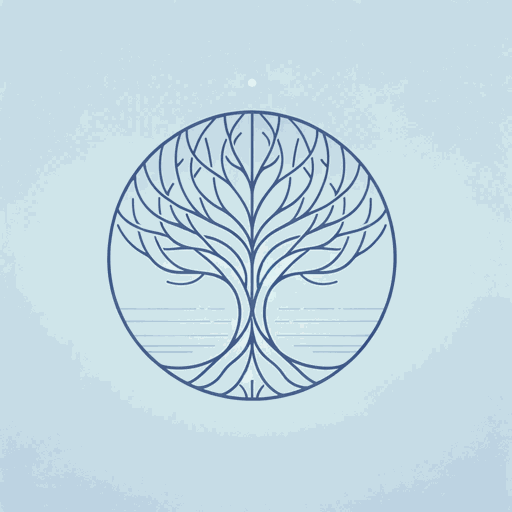86 pages • 2 hours read
Neil GaimanNorse Mythology
Fiction | Novel | Adult | Published in 2017A modern alternative to SparkNotes and CliffsNotes, SuperSummary offers high-quality Study Guides with detailed chapter summaries and analysis of major themes, characters, and more. For select classroom titles, we also provide Teaching Guides with discussion and quiz questions to prompt student engagement.
Symbols & Motifs
Wolves and Serpents
Wolves and serpents are powerful symbols in Norse mythology. These creatures were important to Viking culture, appearing as recurring motifs in art, ships, and poetry. Wolves are used to symbolize brutality, barbarism, and betrayal. Serpents are a symbol of binding, punishment, and destiny.
The most obvious example of a wolf in Norse Mythology is Fenrir—Loki's monstrous son. The gods fear Fenrir’s power; he grows rapidly, and his strength becomes alarming. They betray Fenrir, binding him in unbreakable bonds. He will escape during Ragnarok and take his revenge. Another example of a wolf is the binding of Loki. The gods turn Loki’s son Vali into a wolf, his mind “replaced by hunger, by anger, by madness” (262). Vali tears his brother Narfi apart and runs off. Narfi’s entrails are used to bind Loki.
Jormungundr is, literally, the largest serpent in Norse Mythology: it encircles the world, bound by swallowing its own tail. The Midgard serpent’s form, the Ouroboros, represents eternity; breaking that form by removing its tail from its mouth, will signal Ragnarok. Another example of a serpent is demonstrated by Loki’s punishment for the murder of Balder. A serpent drips venom into Loki’s eyes, tormenting him until Ragnarok; he is relieved only by his wife catching its venom in a bowl.
Related Titles
By Neil Gaiman
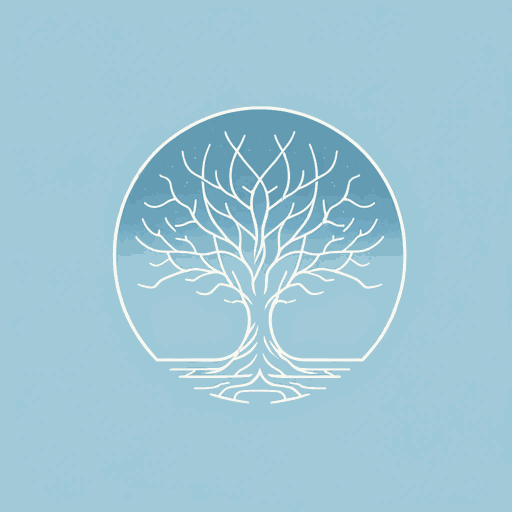
American Gods
Neil Gaiman
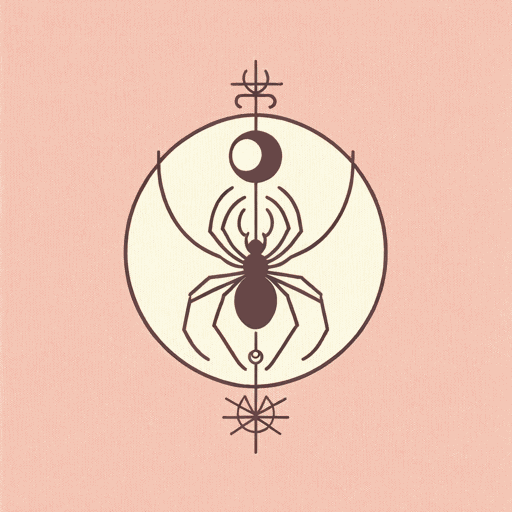
Anansi Boys
Neil Gaiman

Coraline
Neil Gaiman

Fortunately, the Milk
Neil Gaiman

Good Omens: The Nice and Accurate Prophecies of Agnes Nutter, Witch
Neil Gaiman, Terry Pratchett
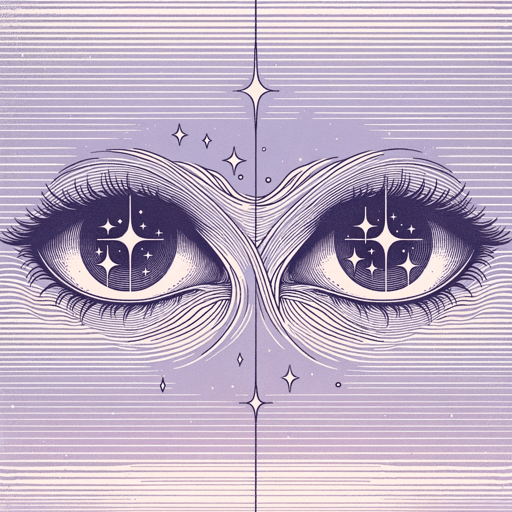
How to Talk to Girls at Parties
Neil Gaiman

Neverwhere
Neil Gaiman

October in the Chair
Neil Gaiman
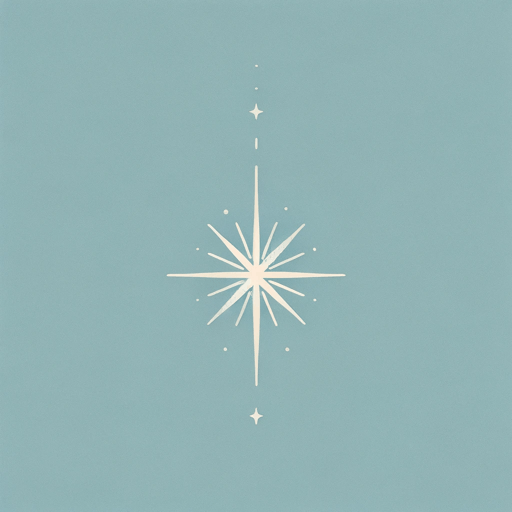
Stardust
Neil Gaiman

The Graveyard Book
Neil Gaiman
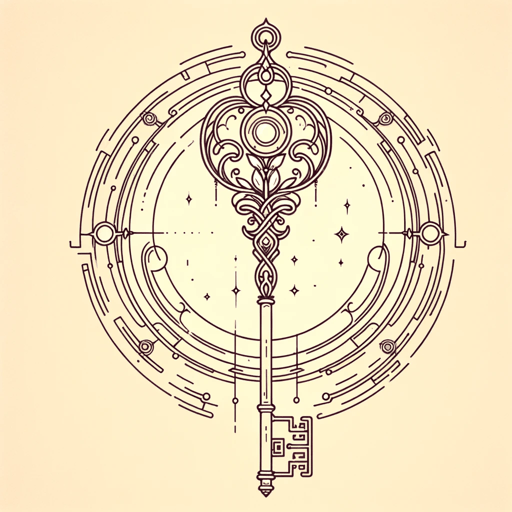
The Ocean at the End of the Lane
Neil Gaiman
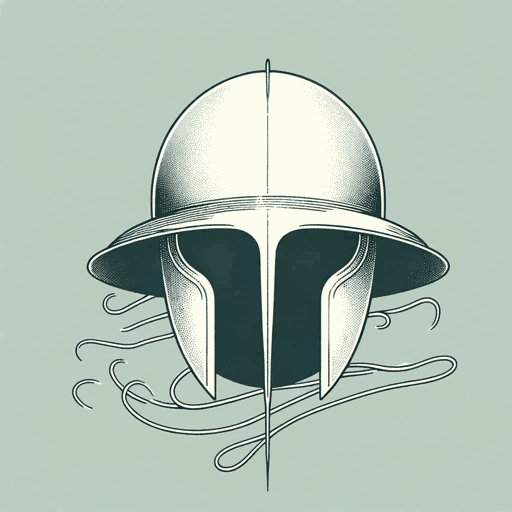
The Sandman Omnibus Vol. 1
Neil Gaiman

The Sleeper and the Spindle
Neil Gaiman
